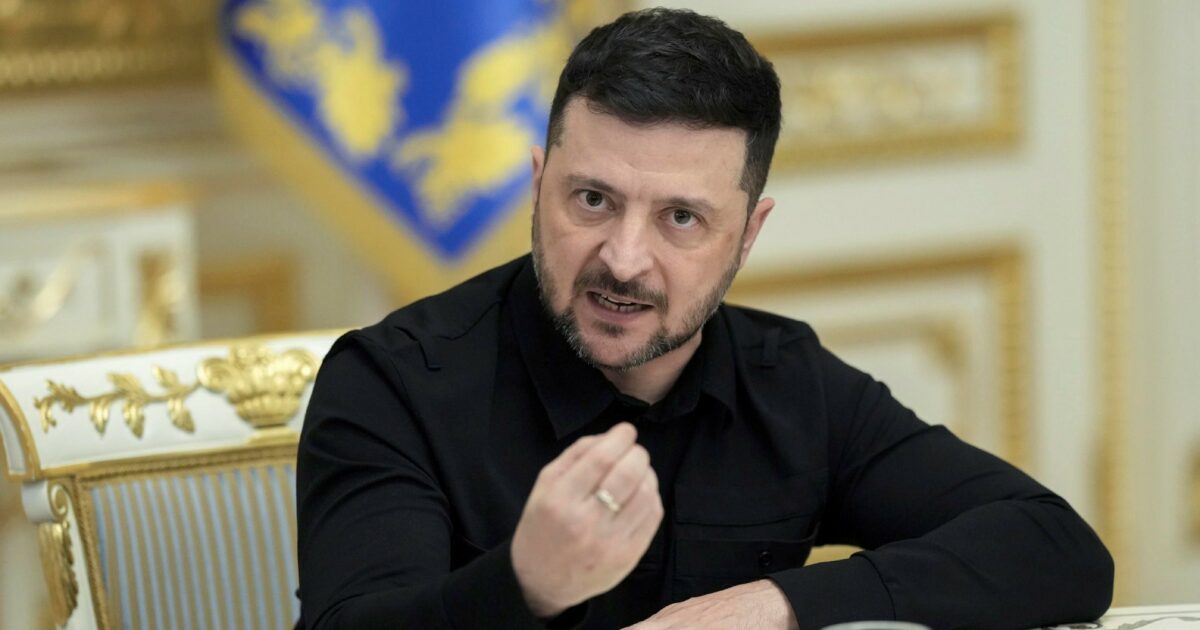QUESTO È UN VERO COGLIONE. HA GIÀ STERMINATO UN'INTERA GENERAZIONE di GIOVANI UCRAINI. ORA VUOLE FARE di TUTTO il SUO POPOLO CARNA da CANNONE!
Zelensky: “Oggi risposta russa al piano di pace. Non prevede il nostro no alla Nato”. Possibile colloquio Putin-Usa
Esplode un'autobomba nella strada dove è stato ucciso il generale Sarvarov. Attacchi reciproci con droni nella notte. Il presidente ucraino: "No consenso con Usa su Donetsk e Zaporizhzhia"
https://www.ilfattoquotidiano.it/mondo/live-post/2025/12/24/guerra-russia-ucraina-piano-pace-usa-ultime-notizie-oggi/8237740/
Zelensky: “Oggi risposta russa al piano di pace. Non prevede il nostro no alla Nato”. Possibile colloquio Putin-Usa
Esplode un'autobomba nella strada dove è stato ucciso il generale Sarvarov. Attacchi reciproci con droni nella notte. Il presidente ucraino: "No consenso con Usa su Donetsk e Zaporizhzhia"
https://www.ilfattoquotidiano.it/mondo/live-post/2025/12/24/guerra-russia-ucraina-piano-pace-usa-ultime-notizie-oggi/8237740/
QUESTO È UN VERO COGLIONE. HA GIÀ STERMINATO UN'INTERA GENERAZIONE di GIOVANI UCRAINI. ORA VUOLE FARE di TUTTO il SUO POPOLO CARNA da CANNONE!
Zelensky: “Oggi risposta russa al piano di pace. Non prevede il nostro no alla Nato”. Possibile colloquio Putin-Usa
Esplode un'autobomba nella strada dove è stato ucciso il generale Sarvarov. Attacchi reciproci con droni nella notte. Il presidente ucraino: "No consenso con Usa su Donetsk e Zaporizhzhia"
https://www.ilfattoquotidiano.it/mondo/live-post/2025/12/24/guerra-russia-ucraina-piano-pace-usa-ultime-notizie-oggi/8237740/











